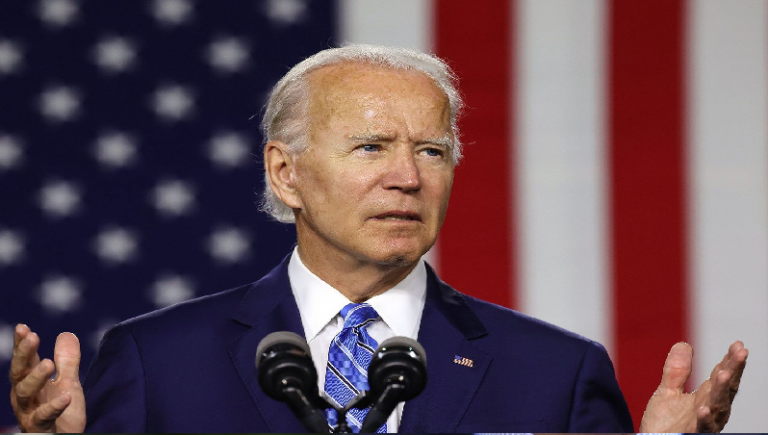
The national debt of the United States of America has reached a new record high of $28.8 trillion as of July 15, 2023, according to the latest data from the Treasury Department. This is an increase of $210 billion from June 30, when the debt stood at $28.59 trillion.
The debt ceiling, which is the legal limit on how much the federal government can borrow, was suspended in 2019 until July 31, 2021. Since then, Congress has not agreed on a new debt limit or another suspension, leaving the Treasury to use “extraordinary measures” to avoid defaulting on its obligations.
These measures include suspending investments in certain federal retirement funds, postponing payments to state and local governments, and issuing more short-term debt. However, these measures are not enough to cover the growing gap between spending and revenue, especially amid the ongoing COVID-19 pandemic and its economic fallout.
Register for Tekedia Mini-MBA edition 19 (Feb 9 – May 2, 2026): big discounts for early bird.
Tekedia AI in Business Masterclass opens registrations.
Join Tekedia Capital Syndicate and co-invest in great global startups.
Register for Tekedia AI Lab: From Technical Design to Deployment (next edition begins Jan 24 2026).
The Congressional Budget Office (CBO) estimates that the Treasury will run out of cash and borrowing authority by October or November 2023, unless Congress acts to raise or suspend the debt ceiling. If that happens, the US would face an unprecedented default on its debt, which could trigger a global financial crisis and a severe recession.
The CBO also projects that the US debt will continue to rise in the coming years, reaching 107% of GDP by 2031 and 202% of GDP by 2051, under current law. This is largely driven by the aging population, rising health care costs, and interest payments on the debt.
The high and rising debt poses significant risks to the US economy and national security. It could reduce economic growth, limit fiscal flexibility, increase borrowing costs, weaken the dollar, and undermine confidence in the US as a global leader.
The national debt of the United States of America is a topic that has been debated for decades. The debt is the total amount of money that the federal government owes to its creditors, both domestic and foreign. The debt is composed of two main components: public debt and intergovernmental debt.
Public debt is the money that the government borrows from the public, such as individuals, corporations, banks, and foreign governments. Intergovernmental debt is the money that the government owes to itself, such as to the Social Security Trust Fund, the Medicare Trust Fund, and other federal agencies.
The national debt has increased over time due to various factors, such as wars, recessions, tax cuts, spending increases, and interest payments. As of July 2021, the national debt was about $28.5 trillion, or about 128% of the gross domestic product (GDP) of the United States.
This means that the debt is larger than the value of all the goods and services produced by the U.S. economy in a year. The debt-to-GDP ratio is often used as a measure of the fiscal health and sustainability of a country. A high debt-to-GDP ratio can have negative consequences for the economy, such as lower growth, higher interest rates, reduced fiscal flexibility, and increased vulnerability to external shocks.
However, some economists argue that the national debt is not as alarming as it seems. They point out that the U.S. has a strong economy, a stable political system, a reserve currency status, and a high demand for its debt securities. They also note that the U.S. has never defaulted on its debt obligations, and that it can always print more money to pay its creditors if needed. They suggest that the U.S. should focus more on investing in public goods, such as infrastructure, education, health care, and research and development, rather than on reducing the debt.
The debate over the national debt is likely to continue in the coming years, as the U.S. faces various challenges and opportunities. The COVID-19 pandemic has caused a sharp increase in the debt due to the massive fiscal stimulus measures enacted by the government to support the economy and public health.
The Biden administration has proposed several ambitious spending plans to address issues such as climate change, infrastructure, social welfare, and human capital. These plans would require additional borrowing or revenue sources, such as higher taxes or spending cuts elsewhere. The Congress and the public will have to weigh the costs and benefits of these proposals and decide how to balance the short-term needs and long-term goals of the nation.
To address this challenge, the US needs a comprehensive and bipartisan plan to reduce the deficit and stabilize the debt over the long term. This would require both spending cuts and revenue increases, as well as reforms to entitlement programs such as Social Security and Medicare. Such a plan would not only prevent a default, but also improve economic prospects, enhance national security, and preserve the US’s role in the world.



